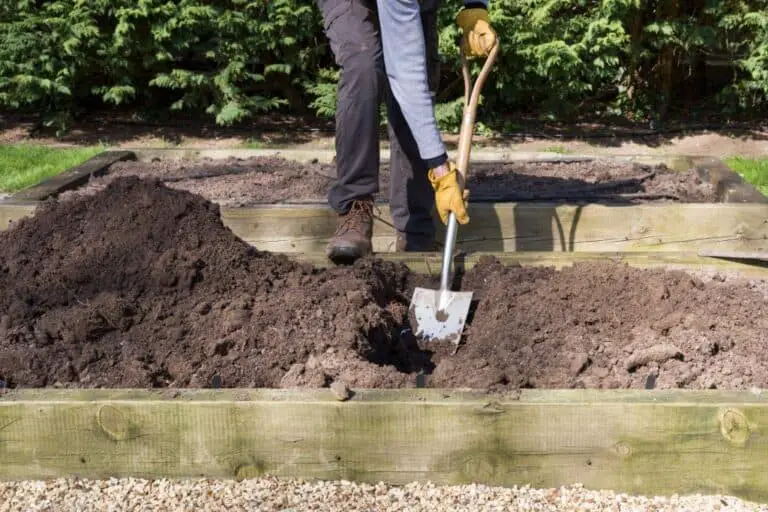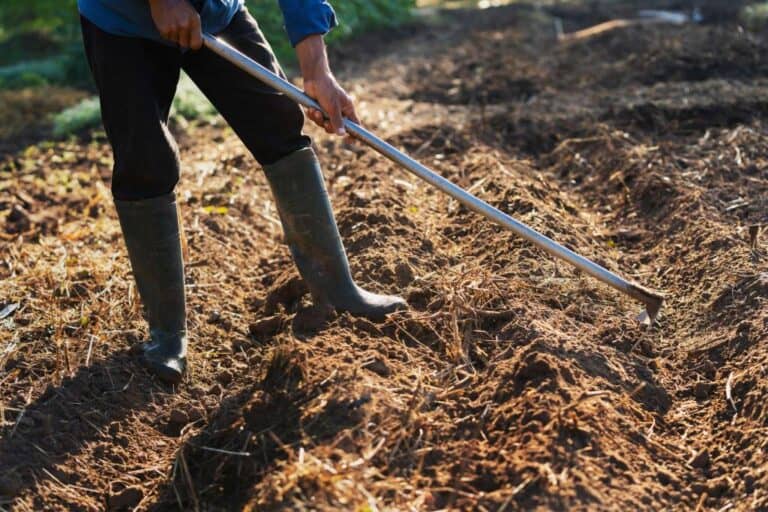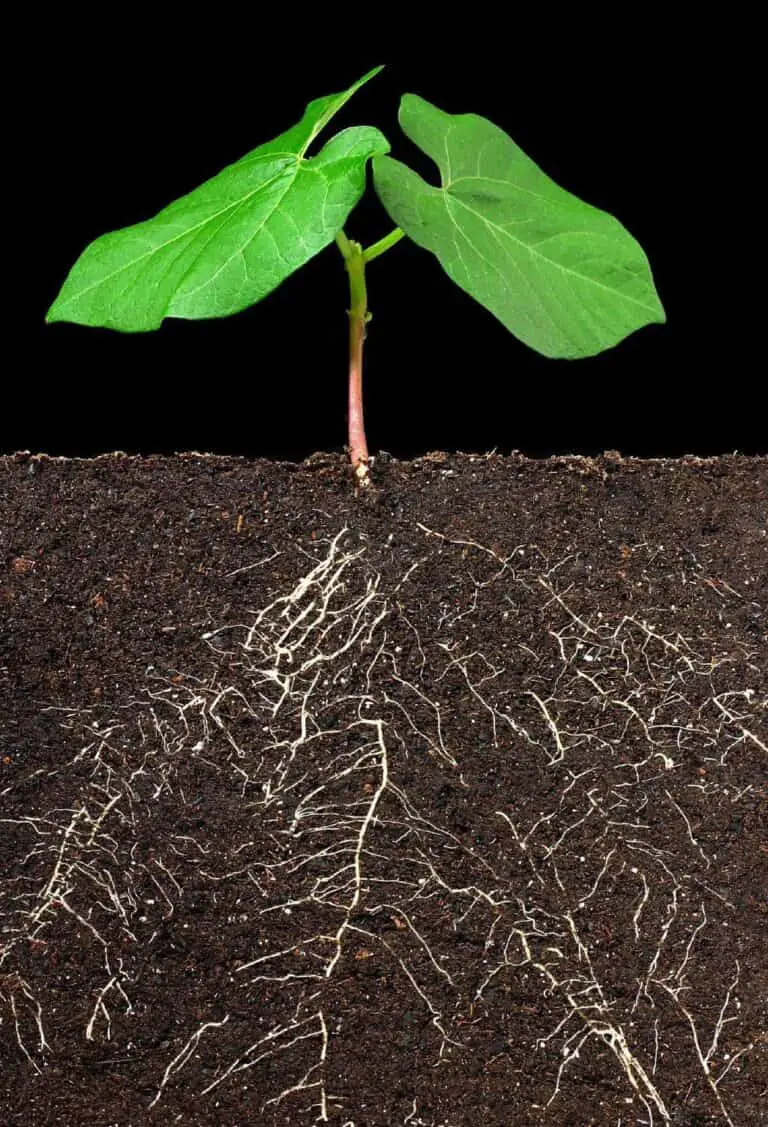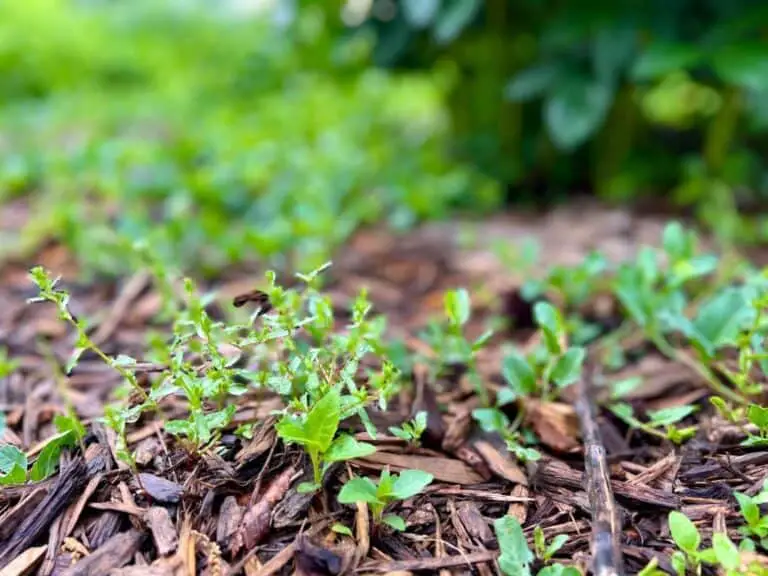What Happens if You Use Too Much Mulch? Can It Kill Your Plants?
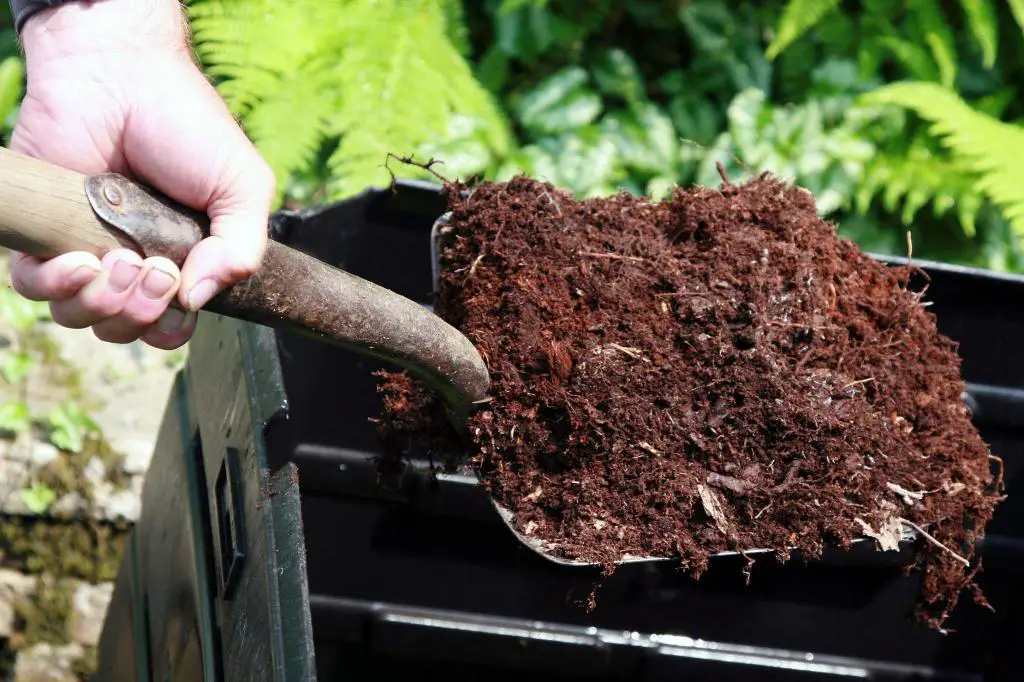
If you’re an avid gardener, you’ve probably heard of the many benefits of mulch. Mulch helps to retain moisture, regulate soil temperature, and suppress weed growth. But can you have too much of a good thing? Can it actually kill your plants?
There is such a thing as too much of a good thing. When it comes to mulch, overuse can actually be detrimental to your plants’ health and survival. Too much mulch in your garden can even be deadly to your plants!
In this article, we’ll explore what happens if you use too much mulch and how to avoid common mistakes.
How Much Mulch is Too Much?
Now that we’ve explored some of the dangers of overmulching, you may be wondering how much mulch is too much. The answer to this question depends on several factors, such as the type of mulch you’re using, the climate in your area, and the type of plants you’re growing.
As a general rule, a layer of mulch that is 2 to 3 inches deep is sufficient for most gardens. If you’re using a heavier mulch, such as bark chips or straw, you may want to stick to a layer that is 1 to 2 inches deep.
It’s also important to note that you should never add more mulch to your garden until the previous layer has had a chance to decompose. Adding too much mulch at once can lead to the dangers we’ve discussed.
What Happens if You Use Too Much Mulch?
Mulch is an essential element in maintaining a healthy garden. It has many benefits, such as keeping water in the soil, stopping weeds from growing, controlling the temperature of the soil, and making the soil better. However, using too much mulch can cause problems and lead to undesirable consequences. In this article, we’ll discuss the potential issues that may arise from using too much mulch and how to prevent them.
Let’s first define “too much” before getting into the effects of using too much mulch. Mulch should generally be applied to a depth of 2–3 inches, depending on the type of mulch and the needs of the plants. Anything beyond this depth can be considered too much.
1. Soil Compaction
One of the most significant problems with using too much mulch is soil compaction. When the mulch layer is too thick, it can become matted and prevent water and air from reaching the soil below. This lack of circulation can lead to compacted soil, which is hard and difficult for roots to penetrate. Compacted soil can stunt plant growth, reduce water absorption, and lead to soil erosion.
2. Root Suffocation
Root suffocation is another potential issue resulting from excessive mulch. When the mulch layer is too thick, it can prevent roots from getting the oxygen they need to survive. Roots need air to respire, and if they can’t get enough, they’ll begin to suffocate. This can lead to root rot, which is a condition where the roots die off and can’t absorb water or nutrients from the soil. Eventually, the plant will die.
3. Nutrient Imbalances
Using too much mulch can also cause nutrient imbalances in the soil. As the mulch decomposes, it releases nutrients into the soil. However, if there’s too much mulch, the decomposition process can become anaerobic, which means it happens without oxygen. Anaerobic decomposition produces different compounds than aerobic decomposition, and these compounds can throw off the nutrient balance in the soil. This can lead to nutrient deficiencies, which can cause plant growth problems.
4. Pest Infestations
Excessive mulch can also attract pests such as rodents, termites, and ants. These pests can use the mulch as a home and cause damage to the plants. Rodents and other burrowing pests can also disturb the soil and roots, further damaging the plant’s health.
5. Fungal Diseases
Using too much mulch can also create a favorable environment for fungal diseases. Mulch that is too thick can become moist and warm, which is an ideal breeding ground for fungi. Fungal diseases such as root rot and mildew can quickly spread throughout the garden and cause significant damage to plants.
Can Too Much Mulch Kill Your Plants?
Using too much mulch can lead to negative consequences, including plant death. When mulch is spread too thickly, it can create a barrier that keeps oxygen from getting to the soil. This suffocates the roots and can cause them to die off, leaving the plant vulnerable and weakened.
Another way too much mulch can kill plants is by creating a favorable environment for harmful fungi and bacteria to thrive. When mulch is piled too high around the base of a plant, the roots can become waterlogged, leading to root rot. Also, too much mulch can create a damp and humid environment that helps plant pathogens grow. These pathogens can cause a number of plant diseases.
Also, if you put down too much mulch, it can attract rodents and bugs that can hurt plants. Pests like voles, mice, and termites are attracted to the moist and protected environment that excess mulch provides. These pests can damage plant roots and bark, leading to stunted growth and, in severe cases, plant death.
It is important to understand the proper application of mulch to avoid killing your plants. Generally, a layer of two to four inches of mulch is recommended around trees and shrubs, while a thinner layer of one to two inches is recommended for vegetable gardens and annual beds. Mulch should also be kept several inches away from the base of plants to allow for proper air circulation and to prevent moisture buildup.
How to Avoid Using Too Much Mulch
While it’s clear that using too much mulch can have negative effects, using the right amount can be highly beneficial for your garden. To avoid the problems associated with over-mulching, consider these tips:
1. Use the Right Amount
The recommended depth of mulch is 2–4 inches. Stick to this depth to avoid overmulching. Remember, more is not always better when it comes to mulching.
2. Spread Mulch Evenly
Ensure that you spread the mulch evenly, and don’t pile it too high around trees or plants. Leaving the base of plants exposed is important, as too much mulch piled around the stem can cause stem rot and other diseases.
3. Use the Right Type of Mulch
Using the right type of mulch can also help you avoid overmulching. Organic mulches, such as shredded leaves or bark, tend to break down quickly and will need to be replenished more often than inorganic mulches like stones or rubber mulch.
4. Remove Old Mulch
Before applying a new layer of mulch, remove any old mulch that has broken down significantly. This will help ensure that the new layer does not become too thick.
5. Water Your Plants Properly
Proper watering can also help you avoid overmulching. Be sure to water your plants thoroughly before applying mulch, and don’t water too much afterward, as this can cause the mulch to compress and become too thick.
By following these tips, you can avoid using too much mulch and ensure that your garden is healthy and beautiful.
Key Takeaways
- Using too much mulch can have negative effects on your garden, including suffocating plants, promoting disease, and attracting pests.
- The recommended depth of mulch is 2-4 inches, and it should be spread evenly and not piled too high around trees or plants.
- Using the right type of mulch, removing old mulch before applying a new layer, and properly watering your plants can all help you avoid over-mulching.
- Remember, mulch is a useful tool for keeping your garden healthy and beautiful, but only when used correctly. By following these tips, you can ensure that you are using the right amount of mulch and reaping all of its benefits without any of the negative consequences.

